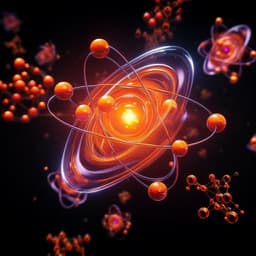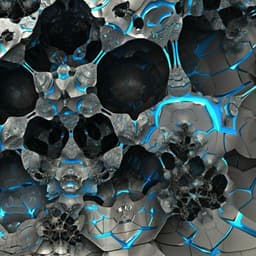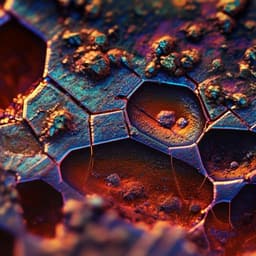
Chemistry
Molecular identification with atomic force microscopy and conditional generative adversarial networks
J. Carracedo-cosmé and R. Pérez
Discover how Jaime Carracedo-Cosmé and Rubén Pérez push the boundaries of molecular imaging with their innovative Conditional Generative Adversarial Network. This groundbreaking method allows for the extraction of chemical information from high-resolution atomic force microscopy images, leading to precise molecular identification through visually striking ball-and-stick depictions.
~3 min • Beginner • English
Related Publications
Explore these studies to deepen your understanding of the subject.







